Botanizing the South Fork National Recreation Trail – Trinity County
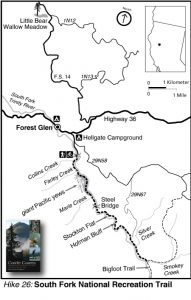
Hell Gate highlights the lowland interior forest of the southern Klamath Mountains along the Trinity River on the Shasta-Trinity National Forest. The Trinity is surely one of the most spectacular rivers in the state and this hike is along a roadless stretch in the upper reaches of the south fork. The old-growth Douglas-fir/mixed evergreen forest is top-notch, especially along the north-facing sections of trail. Oak woodlands are on benches above the river, with Oregon white oak mixing with picturesque grasslands–though the lack of fire is allowing extensive conifer encroachment. Some of the largest Pacific yew I have ever seen can be found along the trail as well.
The area is dotted with private in-holdings and these beautiful old homes appear at random intervals along the trail. The trail is open to biking and—for these home-owners—OHVs. Swimming opportunities abound and solitude can be easily found, especially in the winter (there are bridges on all major stream crossings). The hike, as written and drawn in Conifer Country, is 7 miles to Smokey Creek but the National Recreation Trail extends the length of this roadless stretch of river—for a total of 15 miles from Hells Gate to Wild Mad Road. The upper reaches of this trail is part of the Bigfoot Trail.
I am highlighting three species below that I found on our hike. One that is a regional endemic, one that reaches it coastal range extension here, and a third that is found across the northern hemisphere. These selections highlight the regional diversity with a biogeographical perspective.
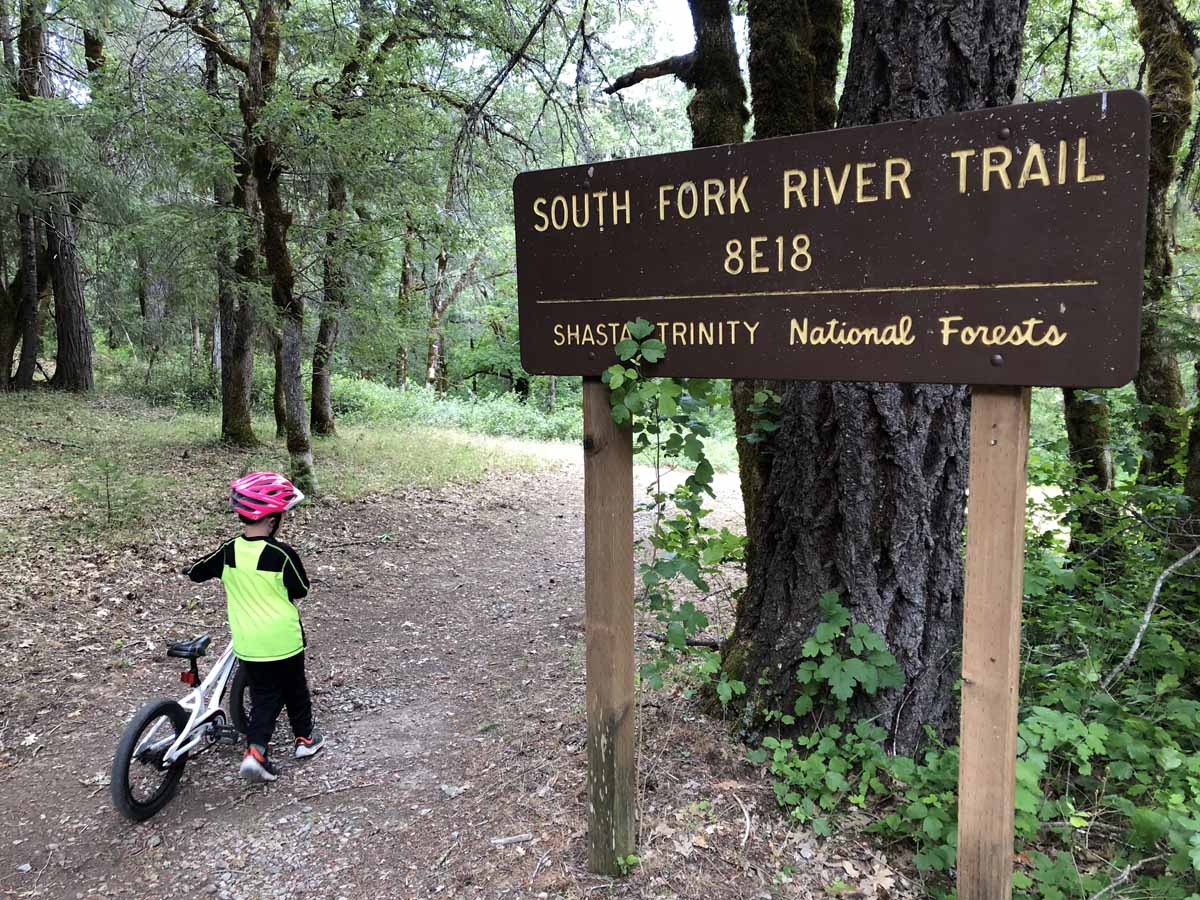
Western burning bush (Euonymus occidentalis)
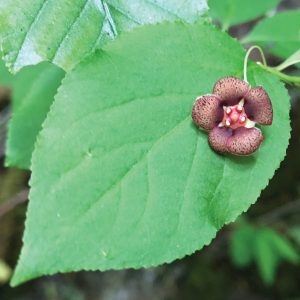
This clandestine species is one I had never formally identified before. It can be easily missed because its leaves are similar to other understory shrubs and flower are often hidden below them. I found this at our camp growing along the river, but the species is found as frequently on dry sites as wet ones. What I find interesting about it is that it is a member of the family Celastraceae, of which the great majority of the genera are tropical. Of the 96 genera, only Euonymus, Celastrus, and Maytenus are widespread in temperate regions. Euonymus occidentalis is the only native species of burning bush on the west coast. The horticultural trade is full of various members of the genus Euonymus,
As is typical of many genera in the Klamath Mountains, other Euonymus species are found in similar temperate regions around the world including the southern Appalachian mountains, China, and even Europe.
Twinflower (Linnaea borealis)
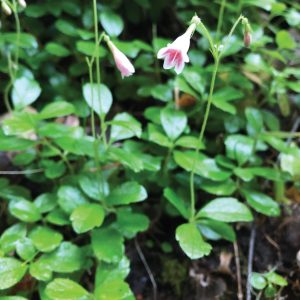
This species is circumboreal across the Northern Hemisphere where it creeps along the ground in open forests in the mountains in North America, Siberia, and northern Europe. As the common name implies, the flowers grow in pairs nodding from a Y-shaped stalk and are fragrant and short-lived. The plant is woody and evergreen with leaves also in pairs–like all members of the honeysuckle family (Caprifoliaceae). Its maximum height is around 4 inches.
The genus was a favorite of Carl Linnaeus. Linneaus is the “Father of Modern Taxonomy” and developed the modern system of binomial nomenclature. Linnaea borealis was reported to be Linnaeus favorite plant. The genus was named in honor of him by his close friend and teacher Jan Frederik Gronovious (USDA).
Fragrant sumac (Rhus aromatica)
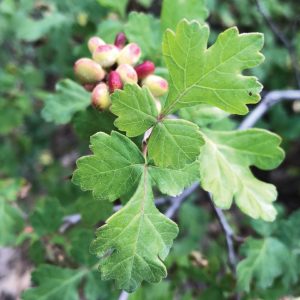
Across California, the species favors xeric habitats in a wide range of elevations, reaching its northern range extension on the west coast just over the California border. Western habitat is similar across the range and in addition to preferring dry sites, it is resilient when burned–sprouting back readily. It occurs across North America in similar dry site habitats including rock outcrops on the East Coast. Sumac is in the same family as poison oak (Anacardiaceae) and looks quite similar with a trifoliate “leaves of three” arrangement. It was formerly treated as Rhus trilobata but is now combined with the eastern species.
Resources
I was just out camping in this area. I saw Western Burning Bush in bloom. I was puzzled, glad to now know all about it. Thank you!
Also, in case you didn’t know the swinging bridge at the trail head at Scotts Flat off FS Rd. 1s25 is now closed (fenced off) deemed unsafe by the Forest Service. I accessed the South Fork Trail via the summer home cabin road (FS 1s26) on the other side of the river.
Thanks for the bridge update Patti.